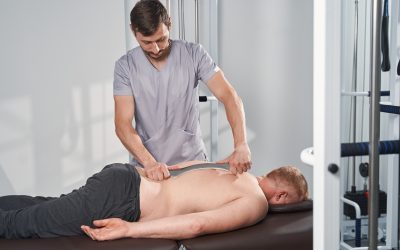If a medical professional or an individual needs to give or take a shot, the length of the injection needles as well as its gauge is of great importance. The specific kind of injection required will indicate the correct length and gauge of needle to be implemented. While there are many different types of syringes or needles, there are essentially only two major types of injections. This helps to narrow down and simplify the field for classification purposes. The two types are: intramuscular injection and subcutaneous injection.
Intramuscular Injections
As the name indicates, the injection needles must enter into the muscle below the subcutaneous layer of skin. This will require a needle that is longer and thicker. This will allow the needle to penetrate the requisite region and ensure the medication – usually a vaccine, enters deep into the appropriate tissue. In the case of many vaccines, a common and most effective route is the intramuscular one into either the thigh’s deltoid or anterolateral aspect. The purpose of selecting this location is to maximize the potency of the vaccine and reduce any potential adverse reactions in situ.
Factors that may affect the exact thickness and length of the injection needles for vaccines include:
- Individual body weight
- Placement of any body fat
- Gender
- Technique
- Age
- Volume of fluid or substance to be injected
Research indicates that people who are thin and possessing significantly little body fat require the 20 or 22- gauge needles that are an inch in width. However, those who have significant body fat may require the same gauge of needle but one that is an inch-and-a-half thick.
Subcutaneous Injections
Subcutaneous injection needles enter into the first layer of fatty tissue residing just beneath the skin. A common reason for doing this is Type 1 Diabetes. This type of procedure requires needles that are thinner and shorter than those utilized in the process of intramuscular injections are. The gauge should be around 25 to 30. The length needs to be around ½ inch to ? of an inch. The thinner injection needles for this type of procedure are intended to prevent any issues occurring at the injection point.
When it comes to injection needles, it is essential to consider the purpose before selecting the type. A syringe utilized for subcutaneous injections is not suitable for intramuscular injections. While other factors such as gender, age and body fat also enter into clearly identifying what gauge and length of needle is suitable, the selection is nevertheless clearly purpose driven. If you need Injection Needles, consider what Bulk Syringes has to offer. For an idea of our products and services.



